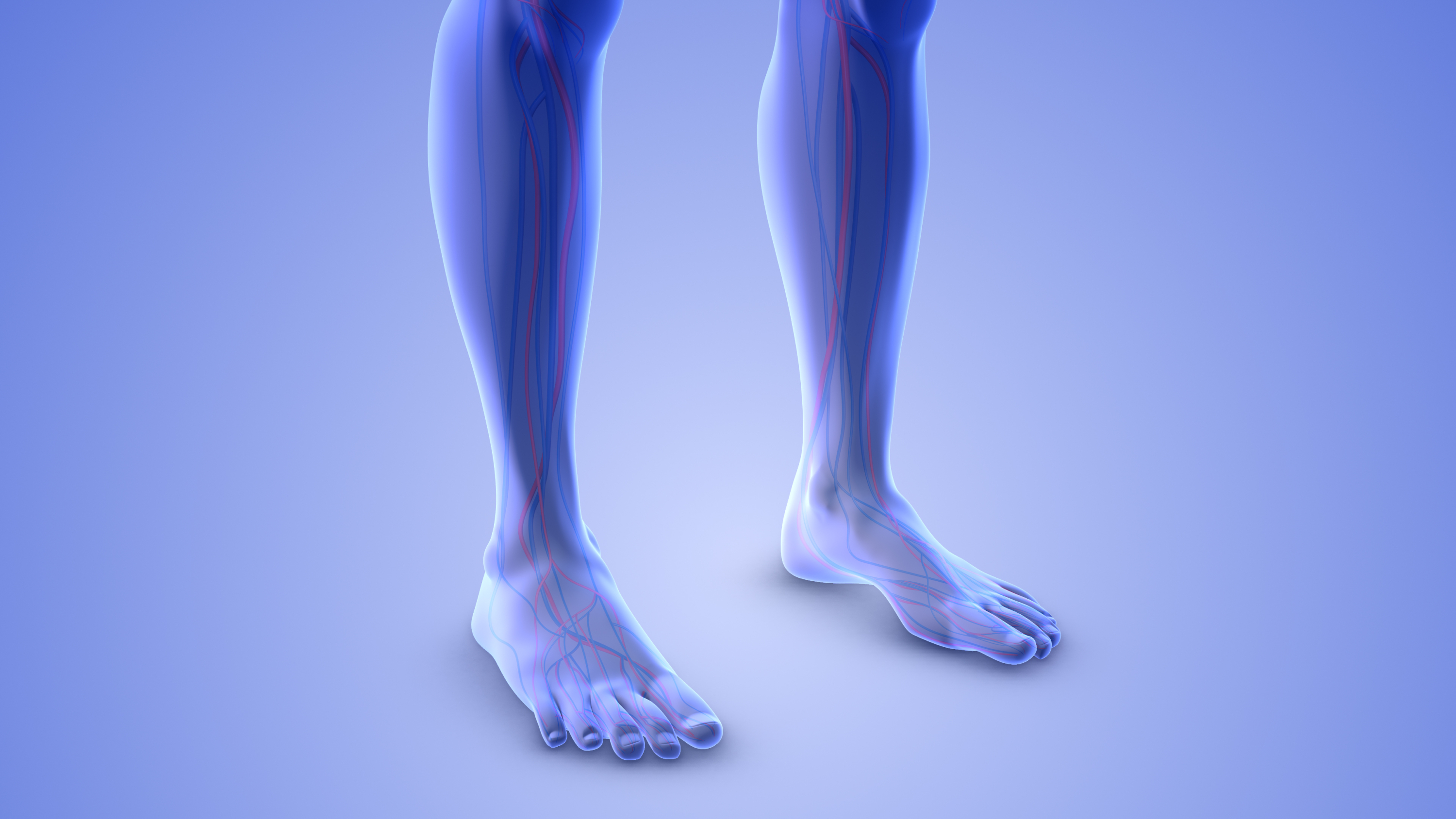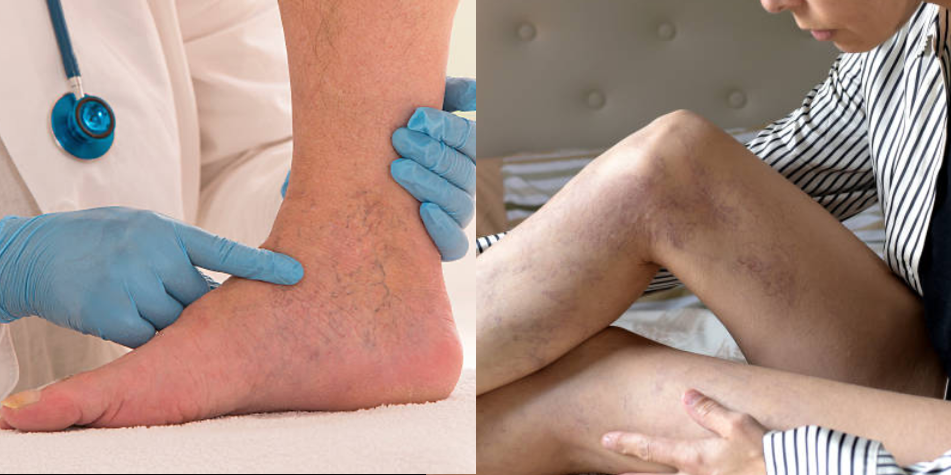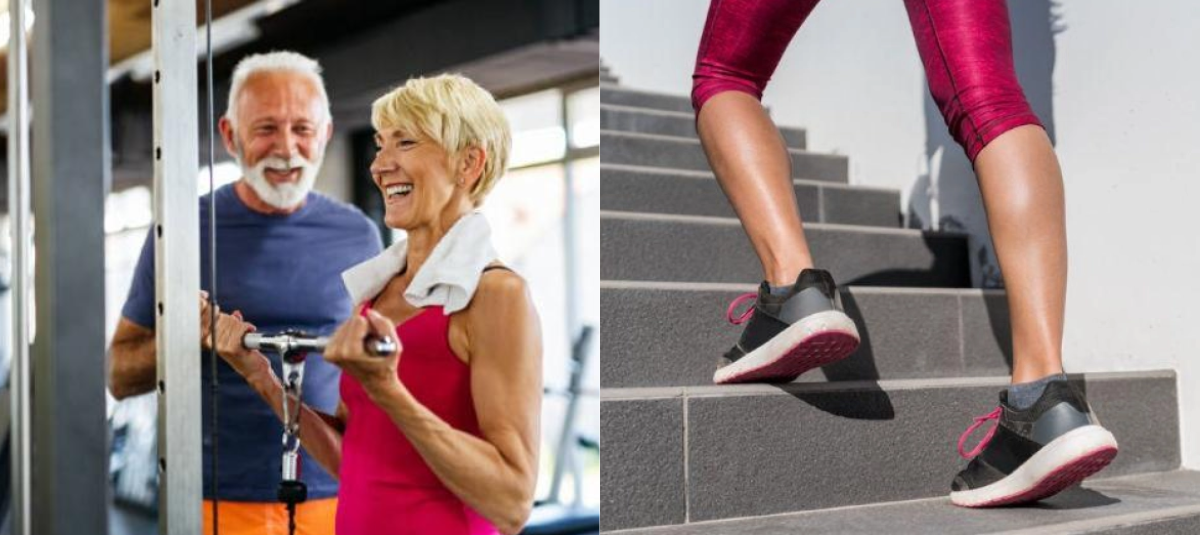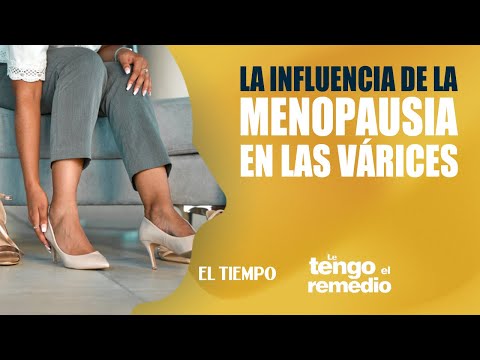Varicose veins: One in four adults could develop this condition. How can we prevent it?

Varicose veins, commonly associated with a cosmetic problem, represent a medical condition with potentially serious consequences. According to the Spanish Society of Angiology and Vascular Surgery, nearly 25% of the Western adult population suffers from varicose veins.
That is, one in four adults suffers from them, although in many cases the diagnosis is unknown and, consequently, adequate treatment is not provided.
A study published in the journal Medicina Clínica reveals that women are more likely to develop them, especially after age 30, and that the risk triples with age. Despite their high prevalence, there remains a widespread lack of knowledge about their causes, symptoms, treatments, and consequences if not addressed early.

Varicose veins can cause ulcers or chronic pain. Photo: iStock
"This is a condition that can seriously compromise quality of life, cause venous ulcers, thrombosis, chronic pain, or even, in advanced cases, affect mobility and vascular health," warns Dr. Alberto Muñoz Hoyos, a vascular and endovascular surgeon with the team at the Bogotá Vascular Clinic.
What are varicose veins and what do they look like? 
One sign is having dark blue or purple veins. Photo: iStock.
Varicose veins are abnormal dilations of the superficial veins, which appear primarily in the legs. They arise when the venous valves, which carry blood back to the heart, fail. This causes blood stasis, inflammation, and the appearance of visible, twisted, and painful veins.
Some of the signs that could alert you to the possibility of having varicose veins are:
- Appearance of spider veins or bluish veins.
- Pain after standing or sitting for a long time.
- Swelling, heaviness or itching.
- Changes in skin color.
- Wounds or ulcers that do not heal.
There are some risk factors such as family history, pregnancy, hormonal changes, aging, obesity or a sedentary lifestyle , which can make you more prone to varicose veins.
How to prevent varicose veins? 
Exercise is one way to prevent them. Photo: iStock
While there's no magic bullet that can prevent this disease, you can certainly modify your behavior and lifestyle to try to avoid developing varicose veins.
According to information from the Mayo Clinic, walking regularly is an excellent way to improve blood circulation in the legs, so it can be a good way to prevent this condition.
Additionally, controlling body weight helps reduce pressure on veins, as does maintaining a low-salt diet, which prevents fluid retention and swelling.
In cases of major surgery or coronary artery bypass grafting, this vein could be vital to saving a patient's life. That's why we promote methods that preserve the saphenous vein, such as venous flow rerouting.
Wearing appropriate footwear, according to information from the Mayo Clinic, is also key: avoiding high heels is a good option, as these activate the calf muscles, benefiting venous return.
Dr. Muñoz Hoyos agrees, advising daily physical activity, especially walking; avoiding remaining in one position for long periods of time; wearing compression stockings if you have a history of smoking; and controlling your weight.
On the other hand, to improve blood flow, it is recommended to raise your legs above the level of your heart for a few minutes a day.
Diagnosis and treatment 
What effect does menopause have on varicose veins? Photo: City TV
Diagnosis begins with a physical evaluation and may include a venous Doppler ultrasound, a painless test that can analyze blood flow and detect clots.
Treatments may range from self-care measures to medical or surgical procedures in more advanced cases.
Although saphenous vein excision was often used in the past, Dr. Muñoz Hoyos warns of the risks of this practice: "In cases of major surgery or coronary artery bypass grafting, that vein could be vital to saving the patient's life. That's why we promote methods that preserve the saphenous vein, such as venous flow rerouting."
This method, implemented on more than 380 patients by the Bogotá Vascular Clinic, is less invasive, speeds recovery, and minimizes after-effects. Alternatives such as sclerotherapy, laser, and microsurgery are also available, depending on the case.
eltiempo





